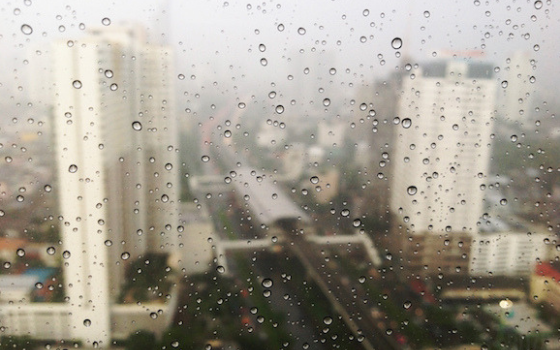
Rid that liquid on your leather?
A well-made or artisan leather handbag or shoes can be expensive but I'm sure you would agree that they can be even more expensive when you have to throw them away simply because they were not taken care of properly. I know this first-hand because I’ve thrown away a few pairs of shoes that I loved dearly. I was living in a country near the equator line and, over the last few years, in the southern hemisphere. Nothing has prepared me better than this to know that I have to guard my leather to prevent the weather element from damaging it.
I did my own due diligence (chemistry student, you can read this article to know more if you are keen) and with a little bit more experience, I learn that water can be good for leather as it absorbs moisture in the air on its own, but when in excess, can destroy the suppleness of leather, which essentially is made up of fat and proteins.
Water can soak through the leather surface and down into its fibres underneath. It can then form temporary bonds with the oils that are in the fibre serving as a lubricator. As the oil and moisture or water disperses, the leather will have no lubrication left. The hardened fibre that knitted the leather together will make your leather dry, rough and brittle. This is when cracks can happen and you can say good-bye to it.
Exposure to alkaline or acid must also be minimised as they can permanently damage leather. They are difficult to remove once they permeate the leather, if left untreated will not only discolour but also weaken it.
But all these don’t mean your leather cannot be in touch with wetness or dust, it just mean you have to protect it, for example Leather Milk No. 3. It’s like applying a layer of shield. It’s that easy! But a word of caution: nothing can help excessive amount of water! So, the best way is careful handling and lots of care.

